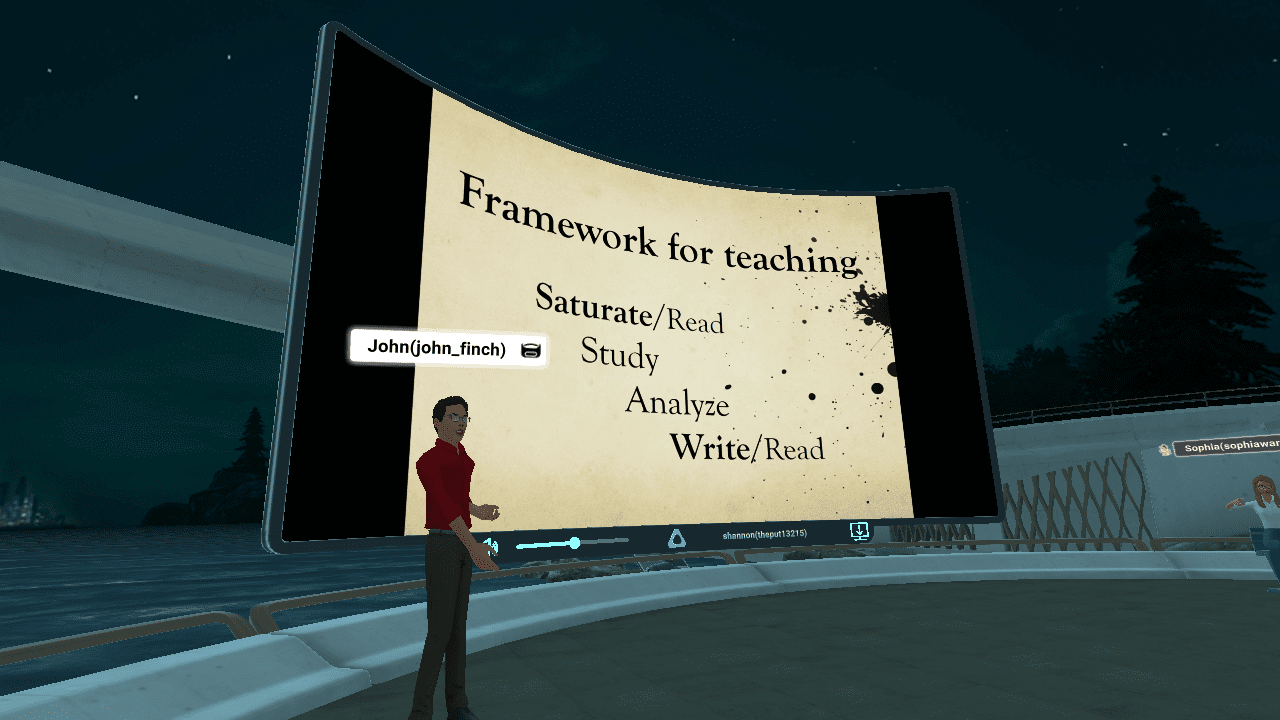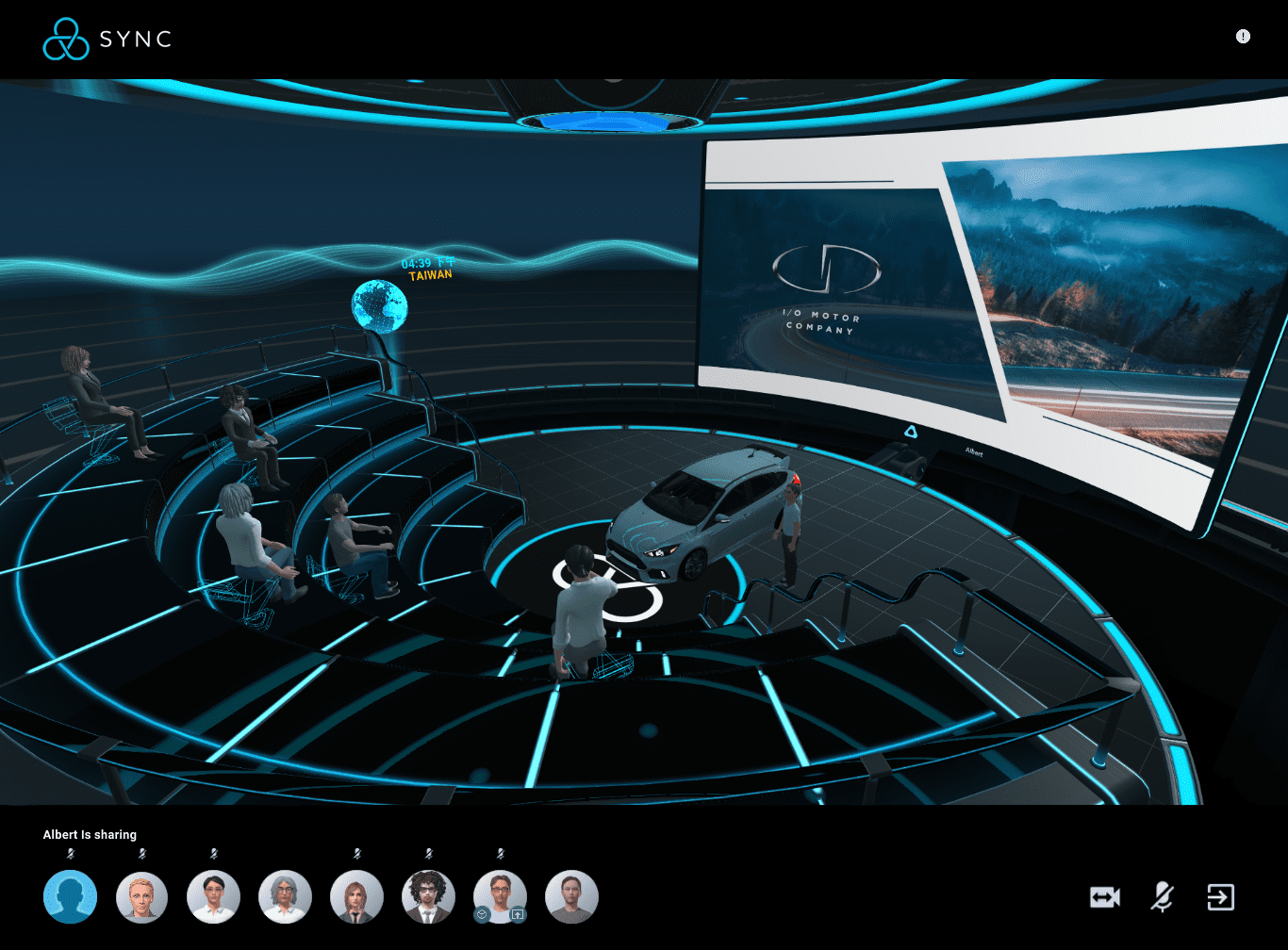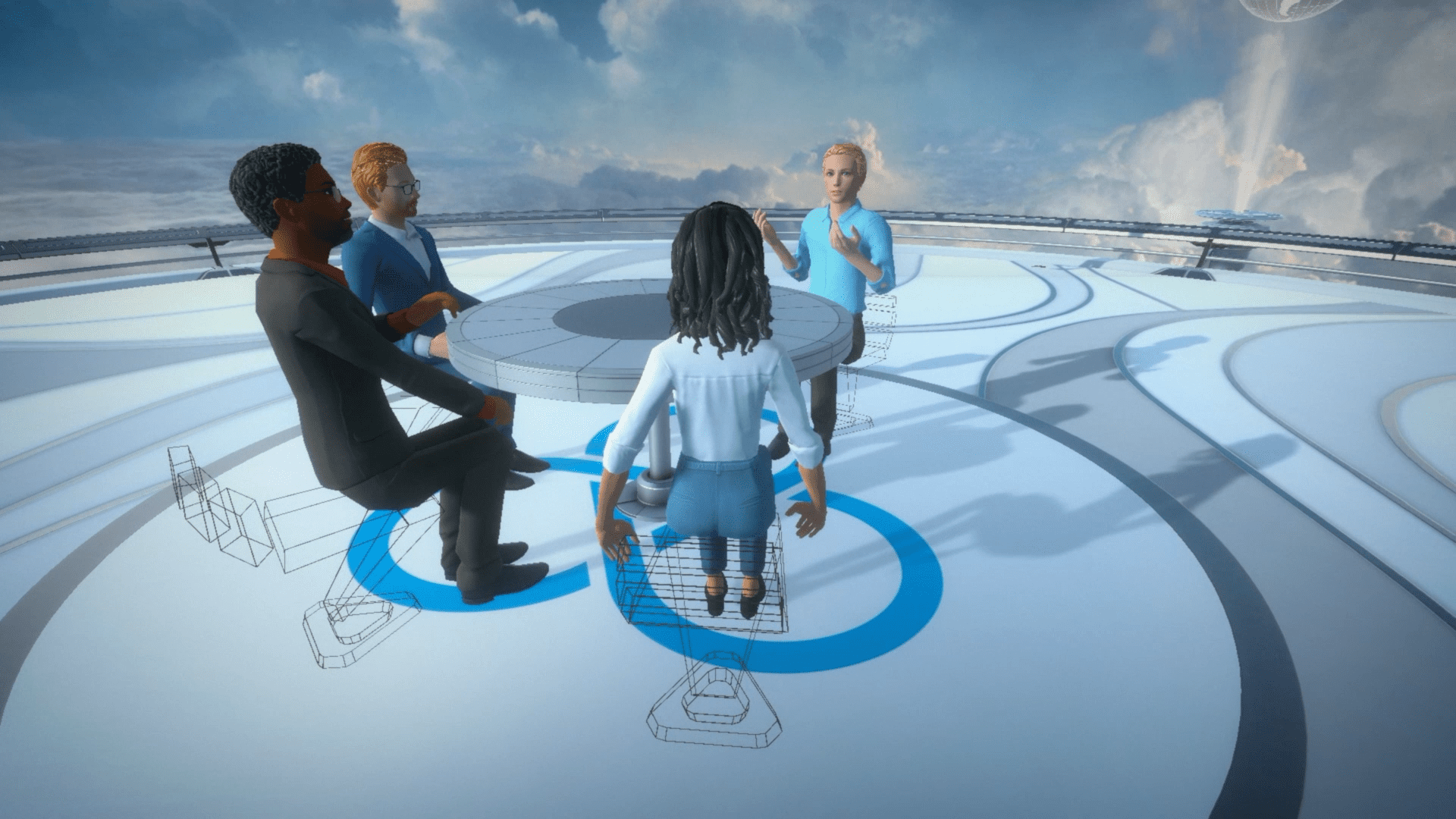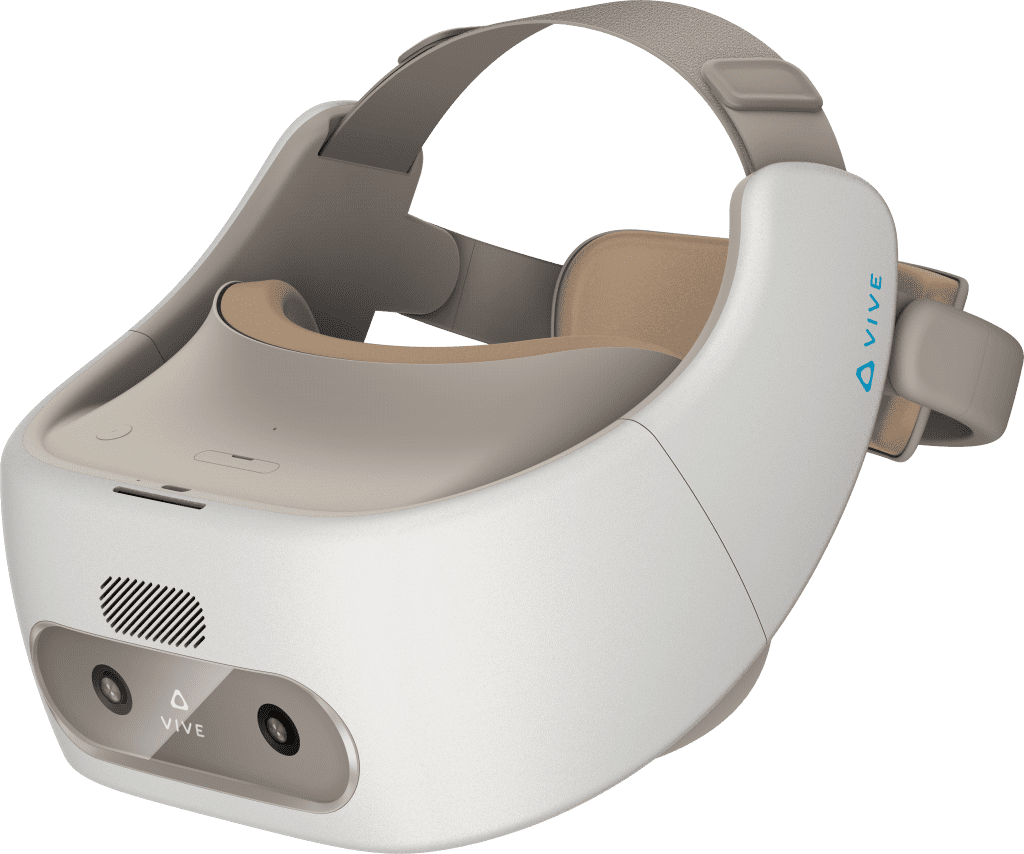Schlagwort: VIVE Sync
-

Transforming Remote Learning with VR
Reading Time: 5 minutesThe COVID-19 pandemic spurred a nationwide shift in academics, forcing educators to move instruction online. The rapid shift to remote learning has pushed educators to adapt their practices and incorporate new technology to meet the challenges of remaining connected and engaged with students while not in-person. VIVE Sync, the VR collaboration and…
-

VIVE Sync Feature Updates: June 2020
Reading Time: 3 minutesMonths into working remotely and feeling the effects of “Zoom fatigue”, we are all trying to find new ways to connect with coworkers and partners. What is the best way to continue to foster workplace community, culture and collaboration remotely? At VIVE, we’ve been using our own internal tool, VIVE Sync, to…
-

Welcome to the Vive Sync Open Beta
Reading Time: 4 minutesBy David Sapienza, AVP of Content & Production at HTC VIVE It’s hard enough to achieve team cohesion when everyone works in the same office, but as a global company where teams are spread throughout the globe, it can be very challenging to maintain unity. A few years back we realized we…
-

VIVE Sync announced to mainstream enterprise VR collaboration
Reading Time: 3 minutesDeveloped By Internal 2 Bears Studio, VIVE Sync is to Pilot in December At a press event in San Francisco yesterday, HTC VIVE announced VIVE Sync, a virtual reality (VR) collaboration and meeting application built specifically for the enterprise. The easy to access and secure Vive Sync has been built for the…
-

HTC Vive launches full suite of premium VR offerings for businesses of all sizes
Reading Time: 5 minutesToday at a press event in San Francisco, HTC Vive announced a premium virtual reality experience for the enterprise market, including a new platform, new hardware, and new software available specifically for commercial use. This launch reinforces Vive’s increased commitment to bringing best-in-class design and software expertise—paired with the world’s best VR…




